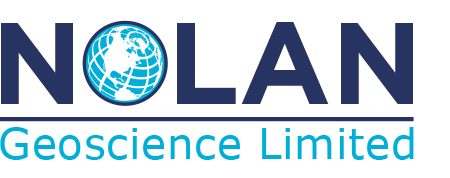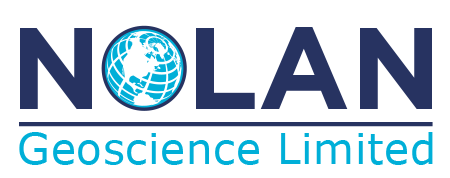US Light Tight Oil Completion Technology v Geology
(OilPro, September 2016)
US LTO production has grown ten-fold from it’s infancy in 2008 to a peak of 4.5 million barrels per day in 2015 . Since then, production has dropped to 4.0 million barrels per day as a consequence of lower oil prices, equivalent to 4% of global liquid production. During the last three years, producers and oilfield service companies have reduced costs via multi-pad drilling, more efficient rigs, improved well/completion designs and optimised gathering systems. Longer horizontals with up to 50 stage fraccs combined with improved proppant types, hybrid fluid systems are targeting the best play sweet spots. This has resulted in a significant increase in short term productivities. Lower costs and higher volumes have combined to reduce break even oil prices, with some LTO producers quoting break-even oil prices as low as $30.
This paper summaries work by the author on the Bakken / Three Forks Play and quantifies and differentiates the impact of completion technology versus geology on single well economics and break-even oil prices.

